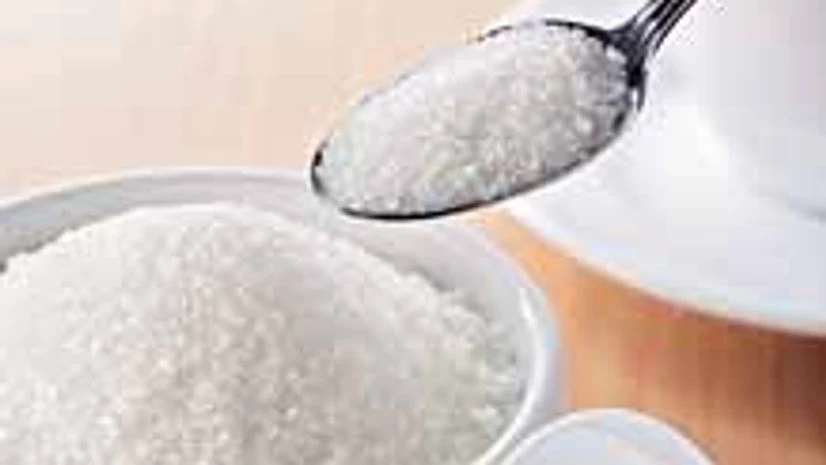As in March-April 2013, when arrears crossed Rs 12,700 crore. Farmers now have something to rejoice, as factories in Uttar Pradesh (UP) have resumed settlement of cane dues of a staggeringly-high Rs 2,400 crore from the previous season, ahead of starting crushing for the 2013-14 sugar year (October to September).
The immediate past president of Indian Sugar Mills Association (Isma), M Srinivaasan, warns that "in case sugar prices don't improve", factories could end up owning Rs 20,000 crore to growers by the time crushing for the current season almost ends in April 2014. Sugar prices have remained under pressure as three years of surplus production led to the 2013-14 season opening with stocks of nearly nine million tonnes (mt). According to Srinivaasan, factories, depending on location, are losing between Rs 6 and Rs 8 a kg of sugar.
"You scan the working of stock exchange-listed leading sugar groups for the quarter ended September 2013. They all have lost heavily on sugar business-wiping out earnings from other sectors like power and ethanol. One cannot agree more with Srinivaasan that the question now is the survival of the industry and millions of farmers in cane growing regions," says former Isma president Om Prakash Dhanuka. The crisis of the kind now visiting the industry did occur on many occasions in the past, forcing the government to bail out beleaguered factories by extending interest- free loans, with a repayment moratorium.

No doubt, these are welcome. However, for the industry to realise its potential to grow by "around 20 per cent a year," which Rangarajan committee thinks is possible, and to break the notorious cyclicality causing much distress to growers and factories, it is essential that the prescription of linking cane prices to revenues realised from sale of sugar and its by-products is implemented.
Not that the Centre does not see the merits of cane and sugar price linkage. This has yielded positive results in more than one major cane-based sugar producing country. But New Delhi can act only when able to build a consensus among cane-growing states about sharing revenues from sales of sugar and its by-products among growers and factories. Srinivassan regrets that "vote-bank politics" is playing spoilsport. Unarguably, the worst offender in arbitrarily keeping the state-advised cane price (SAP) at a much higher level than the fair and remunerative price (FRP) fixed annually by New Delhi, based on economic factors, is Uttar Pradesh. FRP for the current season is Rs 210 a quintal linked to 9.5 per cent sugar recovery, and the viable cane price, according to Rangarajan panel, is Rs 225 a quintal. However, UP has refused to heed industry arguments and directed factories to pay Rs 280 a quintal. The state government has since announced waiver of local levies on cane, which will give a relief of Rs 11 a quintal to factories. This will still leave a big gap between the industry's capacity to pay, based on the prevailing market price for sugar, and the SAP.
The industry being on its knees, the government has to do the rescue act. The bailout scheme provides for interest-free loans of Rs 6,600 crore to factories. But the promised doubling of ethanol blending with petrol is sadly missing in the scheme. For a 10 per cent ethanol blending, factories will be required to use molasses with sugar residues. Isma director-general Abinash Verma says precisely for the reason that factories will process sugar containing molasses, they should be paid significantly higher prices for ethanol than they are paid now. Did this stand in the way of including ethanol blending in the relief package? Verma estimates that doubling of ethanol production could result in a fall of sugar output by 1.7 mt. Unfortunately, oil marketing companies (OMCs) remain lukewarm to ethanol blending. It is, therefore, a piffling two per cent even though OMCs were to achieve five per cent by June 2013.
The immediate task for the government is to take steps that will at least help factories to realise enough from sugar sales to defray production cost. According to Srinivaasan, this will be possible if imports are discouraged by charging a levy of 40 per cent and attempts are made to export four mt of sugar. Imports of white and raw sugar in a highly surplus situation are among the reasons for local price collapse. Isn't it time the government started building a 2-mt 'strategic sugar reserve?'

)
